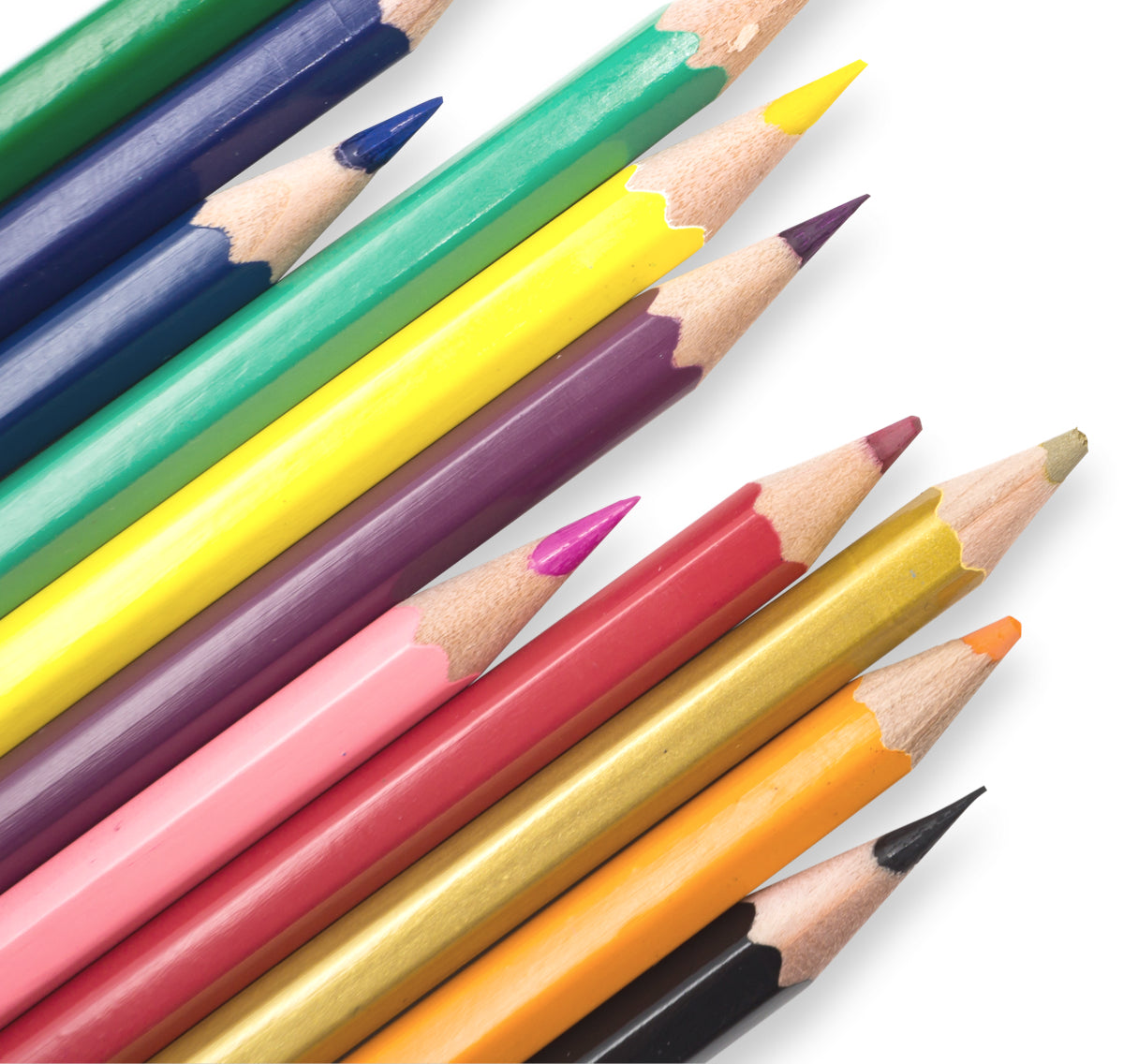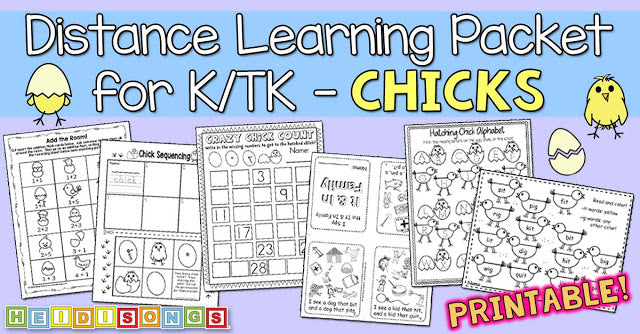


Do you have students that look at the first letter in a word and then guess at the rest? In this post, I am going to share with you nine different ways to help children that continually GUESS at words rather than decode them! I have been working with a couple of sweet children in my class this year that have been struggling with this very problem, and a number of my strategies have really been working, so I am excited to share them with you today. Thankfully, we are now making some real progress in our quest to break that guessing habit! Hooray!
But first….


And here I am, dressed up for Mad Scientist Day!

Ok, now back to business! When very bright children develop good short term memory skills, and then also figure out how to use context clues, they can become SUCH GREAT GUESSERS that they can really fool their teachers and parents into thinking that they can decode words! In fact, they can become so adept at using the beginning sounds, picture clues, and other context clues that it REALLY looks like they are truly reading.

Children like this can become very adept at memorizing simple books quite quickly. It may seem as though they have mastered many new words! However, if you take some of those same words and put them on flashcards, they often become brand new again! It’s as if their excellent language, logic, and problem solving skills are actually holding them back from learning to read, because they are using them as a crutch to prevent them from having to do the real work of learning to sound out and decode words.
Sound familiar? Here are some strategies to try that have worked for me!

Step 1: Find the Child’s ACTUAL Instructional Level and Start There
Sometimes, by the time you realize that your student really has no decoding skills to speak of, it’s because the child really can’t read much of ANYTHING you are putting in front of him or her. Everything has gotten WAY too hard! So back up- waaaaaay up! Go back to the beginning and use flashcards alone, and mix up some CVC (consonant-vowel-consonant) words with different vowel sounds. What can the child read consistently with NO picture clues and no help at all from an adult, and no prior knowledge of the text? (Want some word lists to test your child on? Try an ESGI free trial for 60 days and use the preprogrammed HeidiSongs assessments. There are LOTS of CVC word lists and sight words lists to test children on in it!)

I had to have one of my first grade students back up to reading the CVC words in both of my CVC Workbooks. She was actually THRILLED when she saw that she could actually do these worksheets successfully ALL BY HERSELF!!! (And so was I!) What a relief to give her something she could be successful with! I printed out several units and put them in a little folder for her. She asks to work on her “special work” all the time! I also give her some for homework now, too.

Step 2: Make sure your students CAN sound out words! If not, teach them how.
If you’ve tried everything and your students STILL can’t sound out words consistently, try some simultaneous multisensory instruction with music. One type of simultaneous multisensory instruction is using music, movement, and visual aids all at the same time as we do in our DVD’s. This really WORKS as a method of teaching children to read because it is multisensory, and therefore uses all of the different learning modalities simultaneously to help children learn to read.

This is not hocus pocus or empty words; it’s science. The more different parts of the brain that are used in the learning process at once, the greater chance there is that permanent learning will occur. BUT… you WILL need to get the children to:
-look at the screen
-do the motions to the best of their ability
-sing along to the best of the their ability
-listen
Here is an example of one of the Sound Blending Songs from the DVD:
So, they must see it, say it, hear it, and do the movements in order to really learn. If one of those elements is missing, learning comes more slowly… and for some poor kids, not at all! 
Our Sound Blending DVD is the very best and quickest way I know of to teach children to blend sounds into words, and I’m not just saying that because we sell it; I’m saying it because I believe it! If you try it and it doesn’t work for your child, send it back for a full refund. Everything we sell is 100% guaranteed.

Step 3: Train your students to run their fingers under each letter as they say each sound, and then blend the whole word together.
This one habit alone can make a huge difference in whether or not the children notice and read each letter and sound! You can start by running YOUR finger under the words for the child, but then after a while, the child will need to start doing this him or herself. This is especially true if you are not allowed to do this for the child while they are testing. They MUST take over the responsibility themselves!
Step 4: Mark the sight words in the text before beginning to read, so that the child does not attempt to sound them out.
This little trick can make a really big difference for beginning readers, because most sight words cannot be sounded out at all! So it’s extremely frustrating for children to even attempt them. Underline them if using paper books, or consider using Post It Note Highlighter Tabs on the sight words, since they are transparent, reusable, and won’t damage the book.

If your students are having trouble learning the sight words (also known as high frequency words, our sight word DVD’s are an excellent resource, if I do say so myself! After using these songs for nearly ten years, I have yet to find a single child who could NOT learn the sight words by singing their spellings along with the DVD. Try the sample songs out on YouTube for yourself and see what you think. Here’s one below:
Step 5: Make a Rule: Unless It’s a Sight Word, You Must Say ALL of the Sounds In a Word Before Reading It
We had to establish this rule early on, because otherwise my student was using the “hunt and peck” method of reading for me: she would keep telling me possible words until I picked one! I discovered that if I insisted that she say ALL of the sounds in the word out loud, she usually got it right. So now that is what we do nearly every time. Once she starts to pick up fluency with a word family, I can relax on that a little. BUT… we still have to keep mixing in the previous word family words that we have already learned, or I suspect that she will probably just start guessing at them again. By mixing up simple CVC words with a lot of the same beginning sounds but different middle and ending sounds, she MUST focus on reading the entire word.
Step 6: If you suspect a child guessed at the word (but did read it correctly,) ask him or her to go back and show you HOW they sounded it out.
This has worked for me many a time! It also works when children arrive at the correct answer through the “Hunt and Peck” method that I mentioned above. So what the child must do is go back to the word, run his or her finger under the letters while saying all of the sounds and then tell you the word.

Step 7: Try having the student write his OWN flashcards to practice reading, rather than printing them out FOR the child.
It seems odd, but some children just have better success when they write out their own flashcards to practice with. The organized teacher in me really wants those flashcards printed out nice and pretty. BUT… it makes sense that children might be more focused on ALL of the letters in the words if they actually wrote the words themselves, doesn’t it? My good friend and expert teacher Janice Lawson taught me that trick! She still helps me out and volunteers in my classroom each week, and also substitute teaches for me when I cannot be there!
Step 8: Try some nonsense words.

This is from our Nonsense Words Worksheets, Set One.
I know, I know! Reading is supposed to be all about making meaning, and there is no meaning in a nonsense word. BUT… for children that are guessing at words, this may be the only way to know if they are memorizing words or decoding them! We do have two great sets of “Color by Nonsense Words” worksheets that are very good practice for this, and this is EXACTLY why I created them! (Well, my kids also needed to understand what in the world was going on with this nonsense word stuff for their DIBELS tests, so that was another reason why I created them.)

This Nonsense Word Worksheet is from Set 2.
If your little ones have trouble knowing what words are real and which ones are nonsense, you might want to introduce the word family flashcards included in the CVC books first. Then teach the children that if the word that they are reading is not one of those words that they learned, then it’s a nonsense word. I put mine on a pocket chart for them, and that helped the ones that were struggling if I couldn’t be there to help them. Another way to work through this problem is to assign one “expert” child in the room that they can go to to check and see if a word is nonsense or not, assuming that you are busy with another group of children.
Step 9: Practice, practice, PRACTICE!!!!
Find as many different games, activities, and books at your child’s instructional level and get them to read as many as you possibly can! Offer incentives like a sticker chart, etc., for reading a certain amount of books. Kids seem to usually eat this sort of thing up, so GO FOR IT! It can only help! What research tells us is that the way to get better at reading is to READ MORE. Keep this in mind, so any time you can get the child reading anything at all, it’s a plus!
Here are some of my blog posts on teaching kids to sound out CVC words with a lot of resources and ideas!























